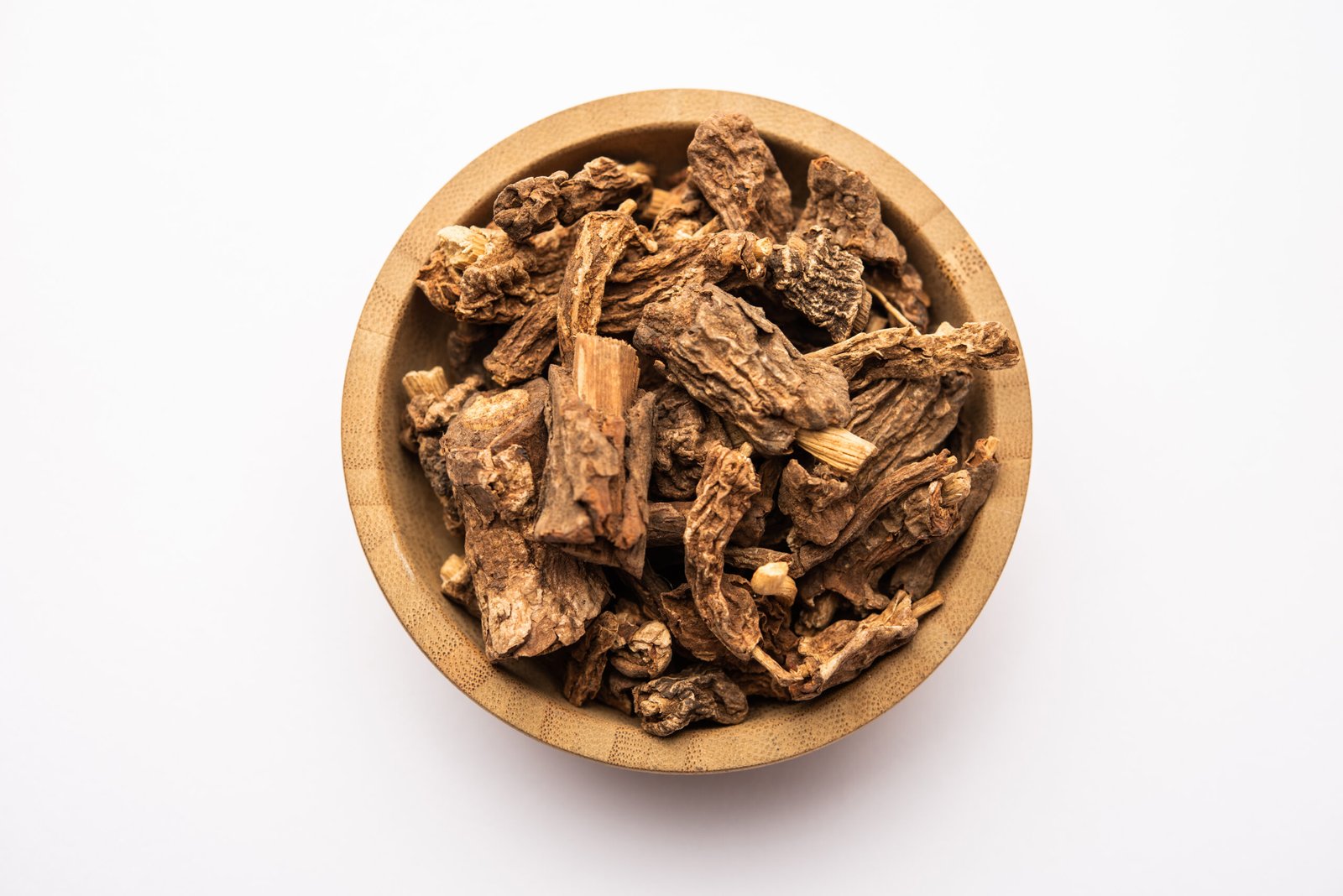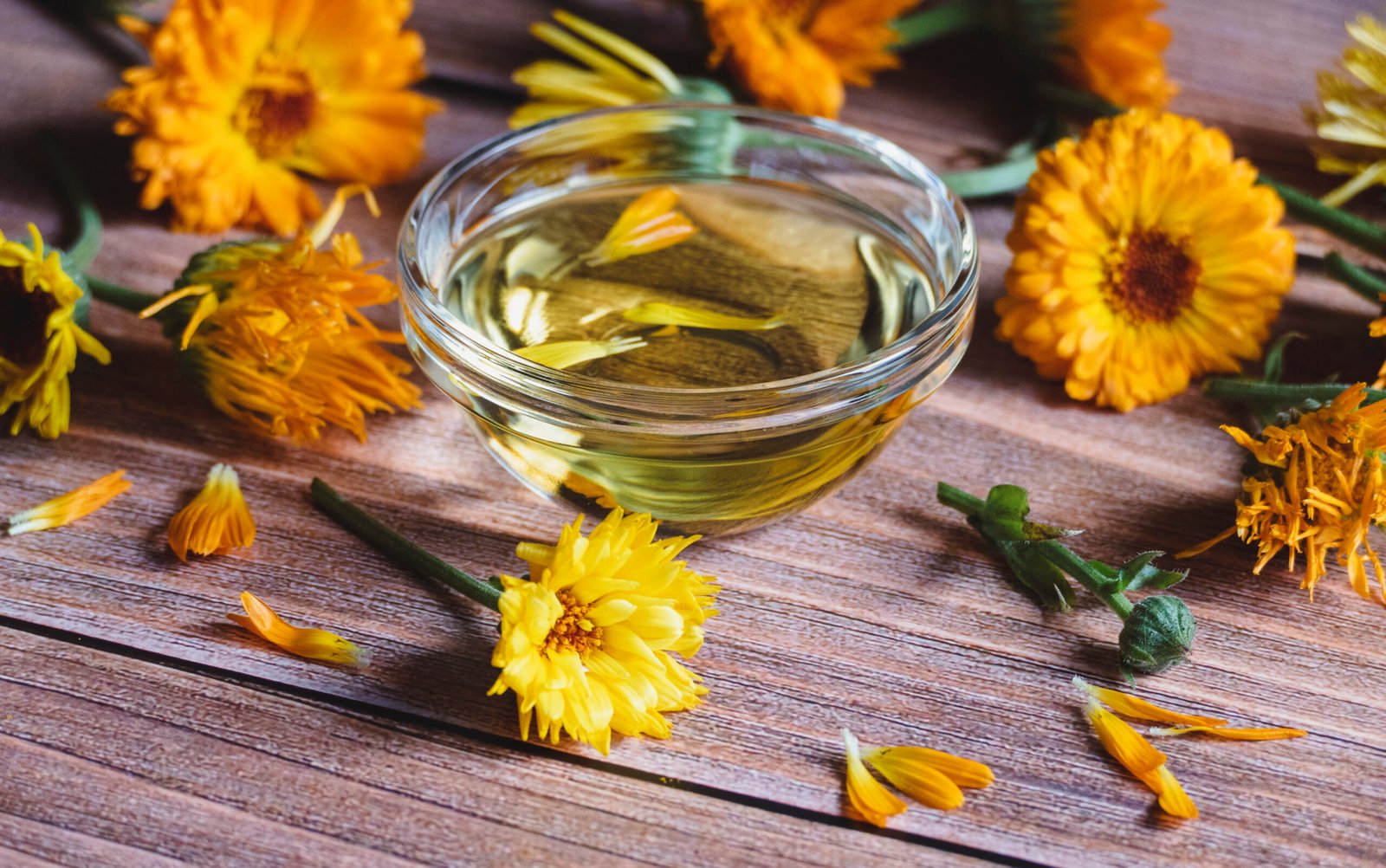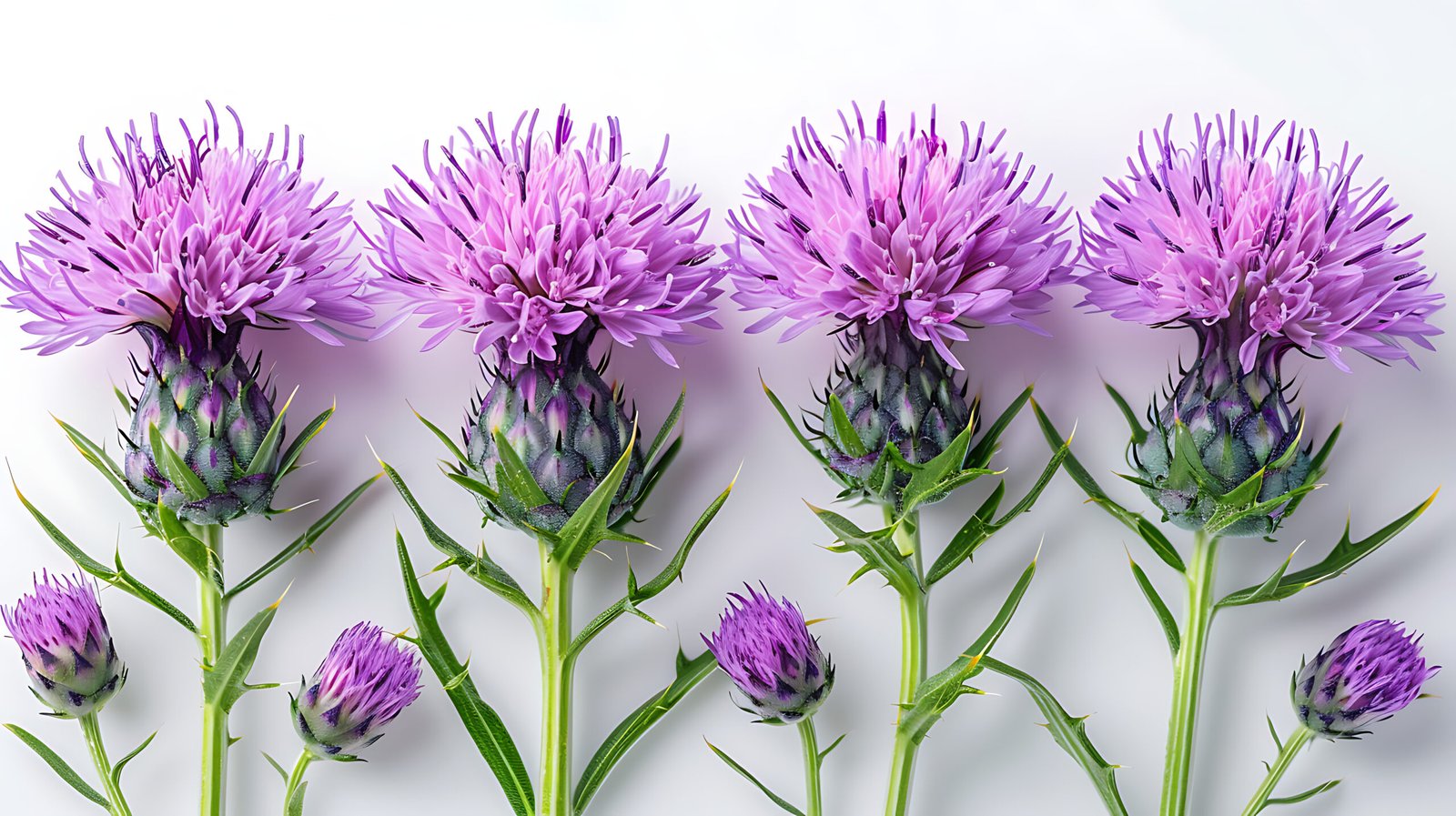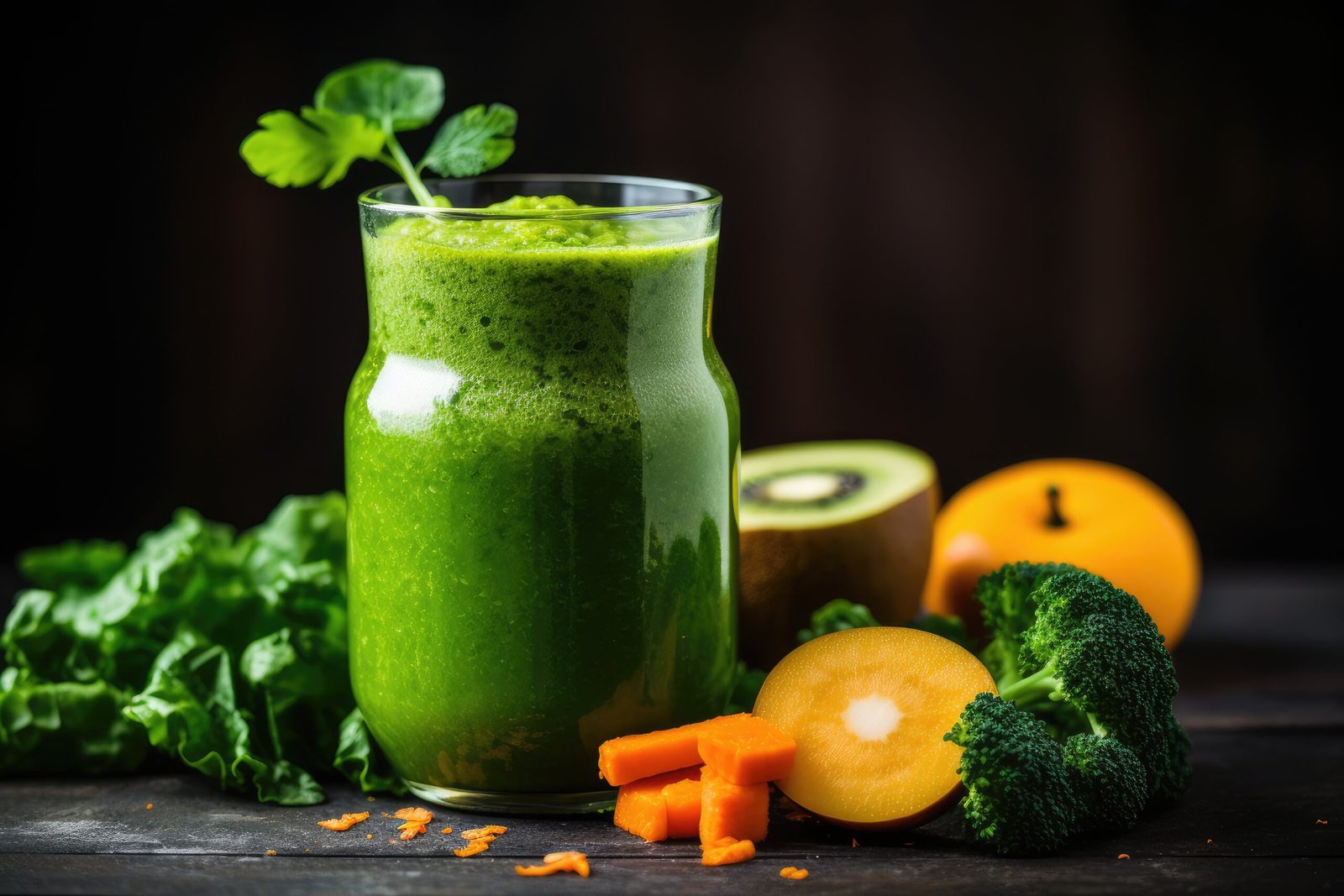Exploring the Benefits of Herbal Remedies for Women’s Health
Did you know that some of the most powerful medicines might be growing right in your backyard? It’s true! For thousands of years, women have been using plants and herbs to support their health and well-being. And guess what? Many of these natural remedies are still just as effective today as they were way back when.
Now, I know what you’re thinking – “Herbs? Isn’t that just for making fancy teas?” Well, sure, herbal teas can be delicious (and good for you!), but there’s so much more to herbal remedies than that. From easing period cramps to boosting mood and energy, herbs can be a girl’s best friend when it comes to taking care of our bodies.
So, let’s dive into the wonderful world of herbal remedies and explore how they can support women’s health. Trust me, by the end of this, you’ll be looking at that patch of weeds in your yard in a whole new light!

The Power of Chamomile
Let’s start with a classic – chamomile. This little flower isn’t just for bedtime tea (although it’s great for that too!). Chamomile has some serious superpowers when it comes to women’s health. It can help ease menstrual cramps, reduce anxiety, and even help clear up skin problems. Plus, it’s super gentle, so it’s perfect for when you’re feeling a bit delicate. Try sipping on some chamomile tea during your period, or use chamomile-infused oil as a soothing skin treatment.

Ginger: Not Just for Cookies
Ginger might make you think of holiday cookies, but this spicy root is actually a powerhouse for women’s health. It’s amazing for fighting nausea (hello, morning sickness!), easing menstrual pain, and even boosting your immune system. Plus, it can help with digestion and reduce inflammation in the body. Try adding some fresh ginger to your smoothies, or brew up a cup of ginger tea when you’re feeling under the weather.

The Magic of Raspberry Leaf
Raspberry leaf tea might sound like a fancy beverage, but it’s actually been used for centuries to support women’s reproductive health. It’s especially helpful during pregnancy and childbirth, as it can help strengthen the uterus and ease labor pains. But even if you’re not planning on having a baby anytime soon, raspberry leaf can help regulate your menstrual cycle and ease cramps. It’s like a little hug for your uterus!

Echinacea: Your Immune System’s BFF
When cold and flu season hits, echinacea is your go-to herb. This pretty purple flower is like a superhero for your immune system, helping your body fight off infections and viruses. It’s especially helpful for women, who often juggle a million tasks and might not always have time to rest when they’re feeling under the weather. Try taking echinacea supplements or drinking echinacea tea at the first sign of a cold.

Dong Quai: The “Female Ginseng”
Okay, I know the name sounds a bit weird, but hear me out. Dong quai has been used in traditional Chinese medicine for thousands of years to support women’s health. It’s especially helpful for balancing hormones, easing menstrual cramps, and even reducing symptoms of menopause. Some people call it the “female ginseng” because of how good it is for women’s overall health and vitality.

The Calming Power of Lavender
Lavender isn’t just for making your room smell nice (although it’s great for that too!). This fragrant herb is amazing for reducing stress and anxiety, improving sleep, and even easing headaches. For women dealing with the stress of school, work, or just life in general, lavender can be a total game-changer. Try using lavender essential oil in a diffuser, or add some dried lavender to your bath for a relaxing soak.

Vitex: The Hormone Balancer
Vitex, also known as chasteberry, is like a personal assistant for your hormones. It can help regulate your menstrual cycle, ease PMS symptoms, and even boost fertility. It’s especially helpful for women dealing with conditions like PCOS (polycystic ovary syndrome) or irregular periods. Just remember, when it comes to herbs that affect your hormones, it’s always a good idea to chat with a healthcare provider before starting anything new.

The Soothing Touch of Aloe Vera
Aloe vera isn’t just for sunburns! This soothing plant has all sorts of benefits for women’s health. It can help with digestive issues, boost your immune system, and even support healthy skin and hair. Some women even use aloe vera gel to ease vaginal irritation or as a natural lubricant. Just make sure you’re using pure aloe vera gel without any added chemicals or fragrances.

Black Cohosh: The Menopause Miracle
For women going through menopause (or those of us who will be there someday), black cohosh can be a total lifesaver. This herb has been shown to help reduce hot flashes, night sweats, and mood swings associated with menopause. It’s like a natural chill pill for your hormones! Just remember, as with any herb that affects hormones, it’s important to talk to a healthcare provider before starting black cohosh.

The Healing Touch of Calendula
Calendula, also known as marigold, is like nature’s band-aid. This bright orange flower has amazing healing properties for the skin. It can help soothe irritation, speed up wound healing, and even help with conditions like eczema or vaginal yeast infections. Try using calendula-infused oil or cream on minor cuts and scrapes, or look for personal care products that contain calendula.

St. John’s Wort: Nature’s Mood Booster
Feeling a bit down in the dumps? St. John’s Wort might be able to help. This herb has been used for centuries to help with mild to moderate depression and anxiety. It’s especially helpful for women dealing with mood swings related to PMS or menopause. Just keep in mind that St. John’s Wort can interact with some medications, so always check with a healthcare provider before trying it out.

The Protective Power of Milk Thistle
Milk thistle might sound like something you’d find on a dairy farm, but it’s actually a powerful herb for supporting liver health. Why is this important for women? Well, our livers play a crucial role in hormone balance and detoxification. By supporting liver health with milk thistle, we can help our bodies process hormones more effectively and even improve skin health. It’s like giving your body’s natural detox system a little boost!
Now, before you go running off to start your own herbal apothecary, there are a few things to keep in mind. First, while herbs can be super helpful, they’re not magic cure-alls. They work best as part of a healthy lifestyle that includes good nutrition, regular exercise, and plenty of sleep.

Second, just because something is natural doesn’t mean it’s always safe for everyone. Some herbs can interact with medications or have side effects, especially if you take too much. It’s always a good idea to chat with a healthcare provider before starting any new herbal regimen, especially if you’re pregnant, breastfeeding, or taking any medications.
Lastly, quality matters when it comes to herbal remedies. Look for high-quality, organic herbs from reputable sources. And remember, a little often goes a long way with herbs, so start small and see how your body responds.

So there you have it – a whirlwind tour of some amazing herbal remedies for women’s health. From easing period cramps to boosting mood and supporting overall wellness, herbs can be powerful allies in our health journey. Who knew that nature could pack such a punch?
Remember, taking care of your health is all about finding what works best for you. Maybe herbal remedies will become your new secret weapon, or maybe you’ll just enjoy a cup of chamomile tea now and then. Either way, it’s pretty cool to know that some of the most powerful medicines might be growing right in your backyard!



















0 Comments